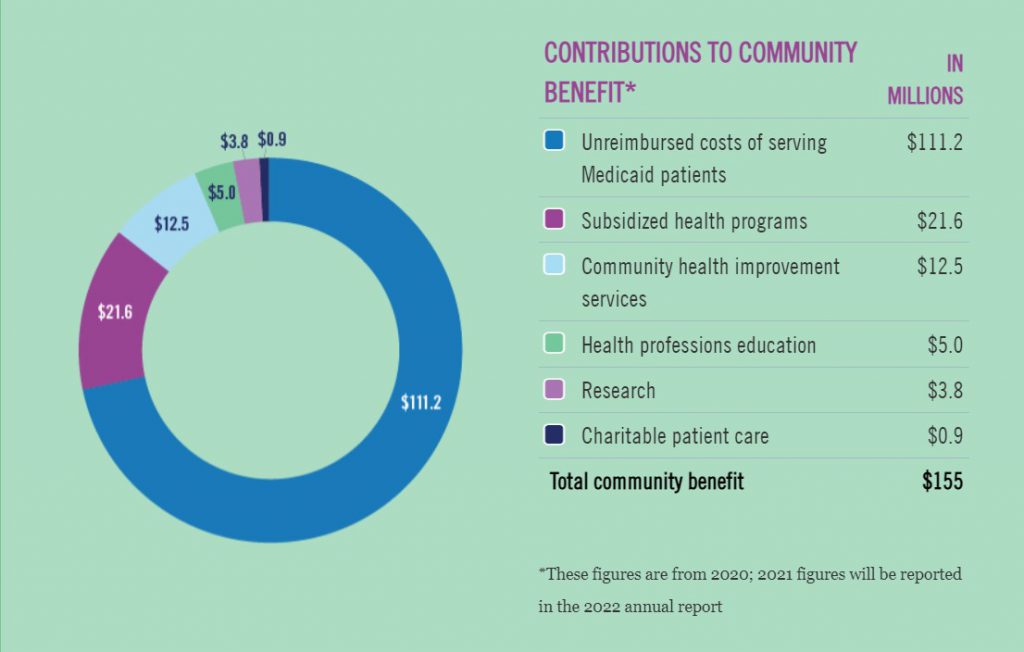The headline of a recent Star Tribune editorial summed it up well: “Vital signs poor at Minnesota hospitals.” Yes, many hospitals in our state and around the country are struggling. Federal COVID-19 funds helped. But those are now ending, and hospitals are seeing operating losses. There are many reasons for this, and the editorial reviews those in more detail, as well as possible solutions. It’s an important discussion to have. Our hospitals and health systems must be financially sound so they can best serve patients for many years to come.
But I’d like to back up a minute. What’s missing from this discussion are some basics. Like the fact that nearly all hospitals and health systems in our state, including Children’s Minnesota, are nonprofit. What does that mean and why does it matter?


